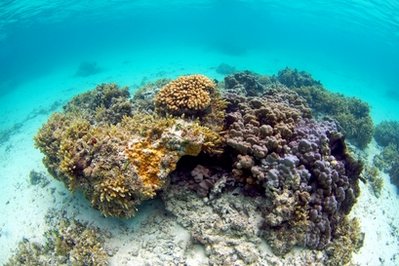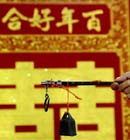Science and Health
Demise of coral, salamander show impact of Web
(Agencies)
Updated: 2010-03-22 16:02
 |
Large Medium Small |
|
|
DOHA, Qatar -- The Internet has emerged as one of the greatest threats to rare species, fueling the illegal wildlife trade and making it easier to buy everything from live baby lions to wine made from tiger bones, conservationists and law enforcement officers said Sunday.
The Web's impact was made clear at the meeting of the 175-nation Convention on International Trade in Endangered Species, or CITES. Delegates voted overwhelmingly Sunday to ban the trade of the Kaiser's spotted newt, which the World Wildlife Fund says has been devastated by the Internet trade.
Trade on the Web poses "one of the biggest challenges facing CITES," said Paul Todd, a campaign manager for the International Fund for Animal Welfare.
"The Internet is becoming the dominant factor overall in the global trade in protected species," he said. "There will come a time when country to country trade of large shipments between big buyers and big sellers in different countries is a thing of the past."
The IFAW has done several surveys of illegal trade on the Web and a three-month survey in 2008 found more than 7,000 species worth $3.8 million sold on auction sites, classified ads and chat rooms, mostly in the United States but also Europe, China, Russia and Australia. Most of what is traded is illegal African ivory but the group has also found exotic birds along with rare products such as tiger-bone wine and pelts from protected species like polar bears and leopards.
A separate 2009 survey by the group Campaign Against the Cruelty to Animals targeted the Internet trade in Ecuador, finding offers to sell live capuchin monkeys, lion cubs and ocelots.
"As the Internet knows no borders, it causes several new problems regarding the enforcement of the protection of endangered species," the group said in its report.
John Sellar, CITES' chief law enforcement officer, argued the impact of the Web was overblown and that many species that appear illegal may in fact may be legal. He also said many big traders were reluctant to use the Internet, since payments can be traced and they can be ensnared in undercover operations.












